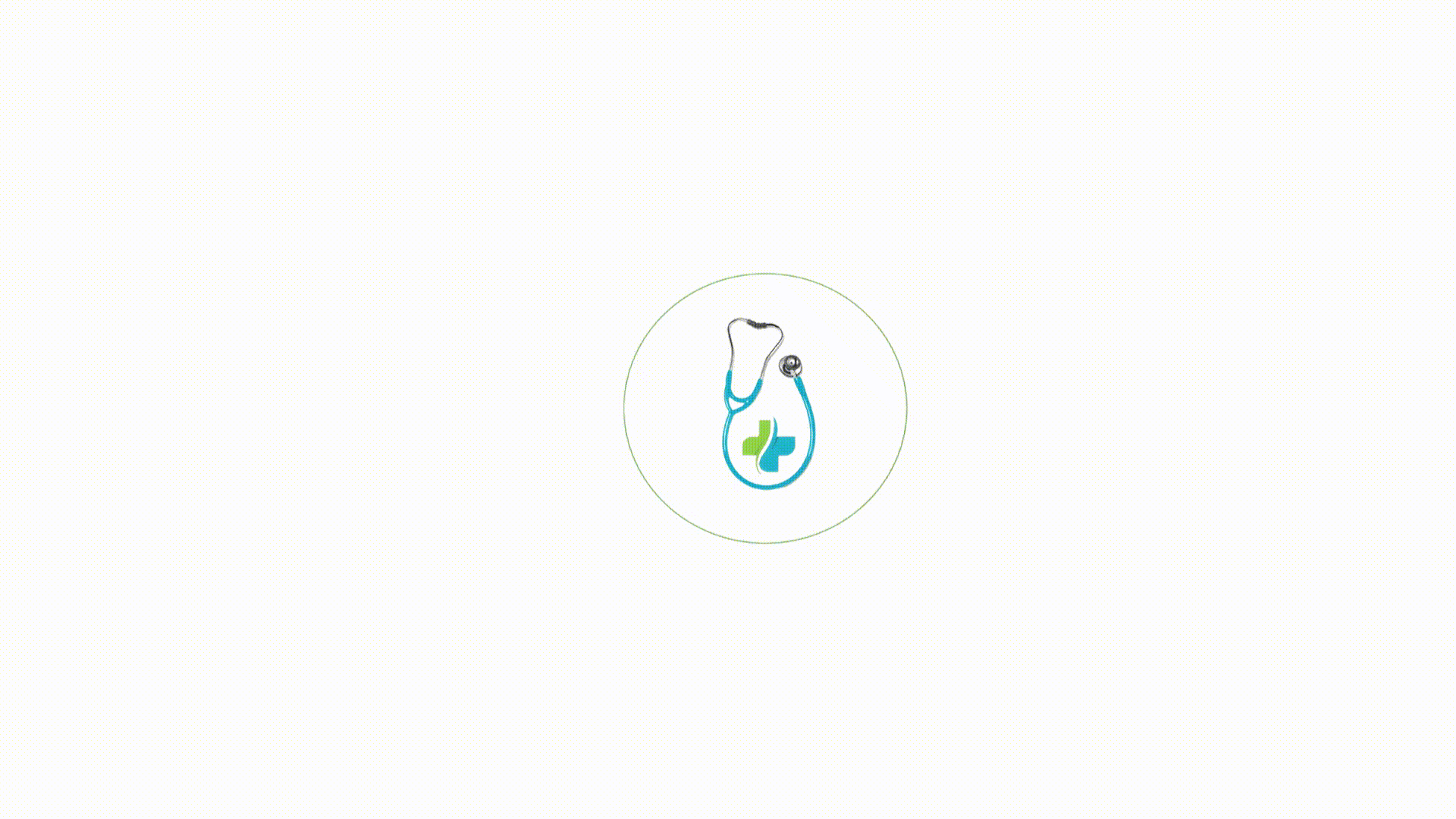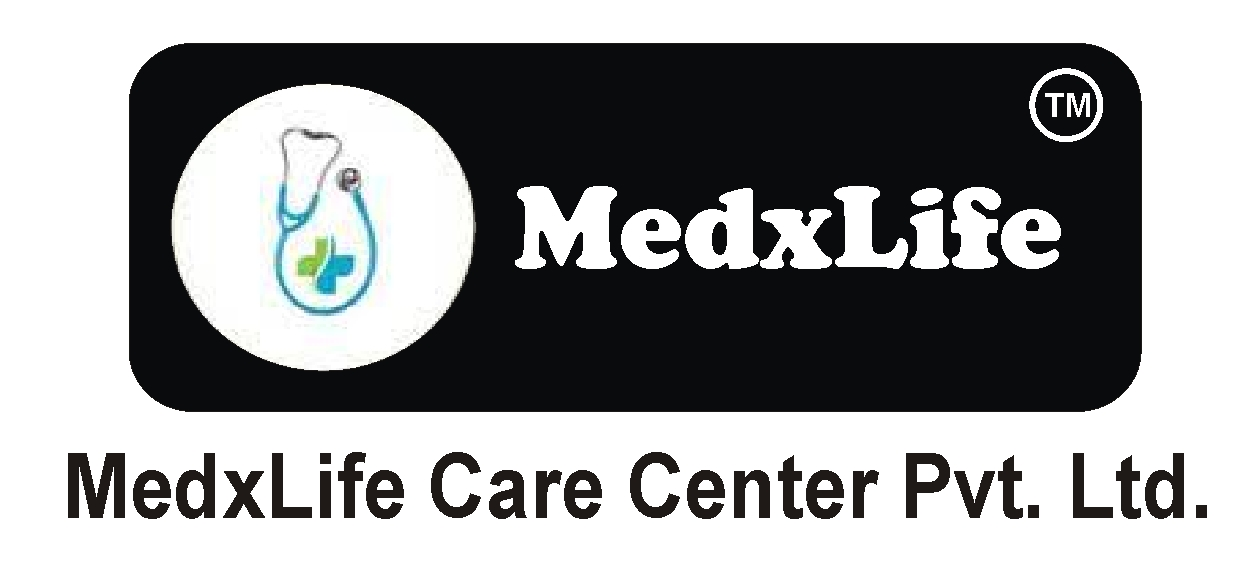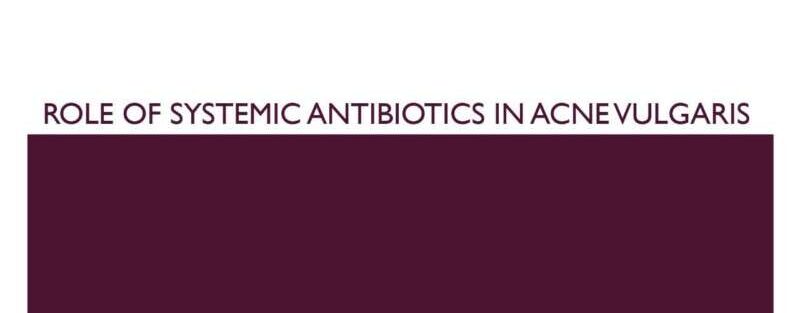INTRODUCTION :-
Systemic antibiotics and retinoid are the main therapeutic classes of treatment available for management of moderate to severe acne, especially of cane are unresponsive to topical treatments or have significant effect on quality of life.But in view of the rising trends of resistance antibiotic therapy is to be restricted and should not exceed 12 weeks.Also certain classes of drugs like macrolides, should be avoided as they are highly prone to resistance and have other medically important uses Indiscriminate use in acne can lead to resistance in other indications.
There are no differences in terms of effectivity between the different substances.So the choice has to consider resistance (rates and induction, advantage of cyclines), pharmacokinetics (advantage of second-generation cyclines) side effect profile. (advantage of doxycycline and lymecycline) and costs.
ORAL ANTIBIOTICS :–
Systemic antibiotics have been a mainstay in the treatment of acne, since late 1950.
•Tetracyclines and derivatives still remain the first choice.
•Macrolides
•Co-trimoxazole and trimethoprim are other alternatives for acne.
MECHANISM OF ACTION :-
Antibiotics target P. acnes and inflammation.
The anti-bacterial effect is by reducing the follicular colonization of P. acnes.The anti inflammatory effect is due to inhibition of neutrophil chemo taxis, cytokine production and macrophage function
Indications :-
Oral Antibiotics are frequently used in patients with,
1. Moderate to severe inflammatory acne
2. Acne resistant to topical treatment
3. Acne with the potential to cause pigmentary changes or permanent scarring.
4. Truncal acne
1)Cycline Antibiotics :-
Tetracycline’s –
Tetracycline first became available in 1953, followed by doxycycline in 1967 and minocycline in 1972, since then they became the most commonly prescribed first-line systemic antibiotic for the treatment of acne. The newer generation of tetracyclines (doxycycline and minocycline) is often preferred over tetracycline, due to decreased rate of resistance and better tolerability.
MOA: Tetracyclines are antimicrobials that exert a bacteriostatic effect by interfering with protein synthesis on the 30S ribosomal subunit.Also, they exert antiinflammatory properties by inhibiting chemotaxis, decreasing the formation of reactive oxygen species, inhibiting proteolytic matrix metalloproteinases and downregulating pro-inflammatory cytokines.
Dose: It is usually given at an initial dose of 250-500 mg once or twice per day.It is best taken on empty stomach, at least 30 min before food or 2 hr afterwards, because the absorption of tetracycline is affected by food, dairy products, antacids, vitamins.Calcium or iron in food supplements combines with tetracycline, reducing their absorption.
Side effects:
• Gastrointestinal distress, nausea, vomiting, dyspepsia and, rarely, esophagitis and esophageal ulceration.
• Vulvovaginal candidiasis may result in 5% of the cases.
• Acneiform and fixed drug eruptions.
• Staining of growing teeth, therefore, should be avoided in pregnancy and children under the age of 9 years.
• Phototoxicity and teratogenecity.
• Rarely, Steven-Johnson syndrome can also occur.
Doxycycline –
Doxycycline is a broad-spectrum antibiotic synthetically derived from tetracycline.It is more lipophilic than tetracycline and has demonstrated excellent penetration into the pilosebaceous unit.
Available as different forms:
• Doxycycline monohydrate
• Doxycycline hydrochloride hemiethanolate hemihydrates
• Doxycycline hyclate
• Doxycycline calcium
Dose:
The recommended initial dose for doxycycline is 50-100 mg b.i.d. Though not yet available in India subantimicrobial-dose doxycycline, doxycycline hyclate 20 mg may be given twice daily in acne.The conventional cycline drugs can be very effective in treating acne; however, antimicrobial level doses of these drugs can have more pronounced side effects and also contribute to the development of bacterial resistance. In order to avoid these drawbacks, doxycycline can be used for its anti-inflammatory properties through subantimicrobial dosing (SD).Patients that received SD doxycycline demonstrated significant improvement in their acne, and had no antimicrobial effect on the skin flora, as well as no increase in the number of resistant organisms.Furthermore, SD doxycycline had better tolerability and fewer side effects than antimicrobial doses of doxycycline.
Side effects:
Include dental staining in <9 years, photosensitivity and teratogenic. They are similar to tetracycline but more likely to cause phototoxic reactions.
Minocycline –
It is the most effective oral antibiotic in treating acne vulgaris and is considered by many to produce a more rapid and sustained clinical improvement. Minocycline being lipophilic achieves greater concentration in the tissues so is thought to be more effective than doxycycline, though a Cochrane review did not find it superior to doxycycline.
Resistance of P. acnes to minocycline is considerably less than with tetracycline and doxycycline, which frequently have cross-resistance with each other. Therefore, minocycline is more prescribed despite being expensive. The one issue with it is the disconcerting blue- black pigmentation that often develops in some patients.
Dose:
The recommended initial dose for minocycline is 50-100 mg b.i.d followed by 50–100 mg daily. A sustained release formulation is now available in India that permits OD dosing.
Side effects:
• Blue-gray skin pigmentation
• Reversible vestibular toxicity
• Drug/lupus like reactions
• Autoimmune hepatitis
• Serum sickness, vasculitis
• Dental staining in < 9 years, GI upset, teratogenic.
Oxytetracycline –
It is used in a dose of 500 mg qid for 2–3 weeks, tapering to 500 mg OD and continuing according to the response.
Lymecycline –
It is another member in the tetracycline family, with similar efficacy as minocycline and less side effects.
Dose: is 300 mg per day. It has recently been made available in India though there is no superiority in efficacy over the existing cyclines. The dose is 150 mg BD.
2)Macrolides :-
Macrolide antibiotics have also demonstrated efficacy in the treatment of acne.They have a wide spectrum of activity, are well-absorbed orally, and are lipid soluble, thus penetrating well into skin structures and body fluids.
Oral macrolides, mainly erythromycin, but also roxithromycin and azithromycin, are effective in acne. However the insolicitous use of antibiotics in acne led to a large percentage of erythromycin-resistant P. acnes (Falk R, 2014). This limits its use as a clear correlation between carriage of erythromycin-resistant P. acnes and poor clinical efficacy was demonstrated [Falk R, 2014]. Macrolides are well known to induce resistance very fast. Macrolides should therefore be only given in certain situations such as intolerance or contraindications to cyclines (e.g: pregnancy and breastfeeding). Erythromycin and clindamycin are frequently cross resistant.
MOA: They inhibit protein synthesis by binding to the 23S rRNA molecule in the 50S subunit of bacterial ribosomes.
Azithromycin –
Azithromycin is a 9-methyl derivative of erythromycin that inhibits atypical intracellular pathogens such as Chlamydia and Mycobacterium species in addition to gram-positive and gram-negative aerobic and non-aerobic bacteria including P. acnes. It is characterized by rapid uptake from blood into tissues, at concentration more than 10 times of erythromycin. It also remains for prolonged period in the intracellular compartment at levels higher than the minimum inhibitory concentration for many pathogens.It has advantages of better absorption, less drug resistance and cost effective.
Dose:
It can be given in various pulse doses, 250 mg bid or 500 mg OD 3–6 days per month or 500 mg OD for 4 days every 15 days. Azithromycin, 500 mg thrice weekly for 12 weeks, is a safe and effective treatment of acne vulgaris with good patient compliance.
Efficacy: Significant improvement may be seen in 4 weeks with more than 80% reduction in the inflammatory acne lesions.The biggest issue with this drug is that it has a high propensity to acquire resistance and as it is used for other medically important indications, like URTI, its use should be restricted to certain groups like children and pregnant women.
Side effects:
• GI upset—diarrhoea, nausea, vomiting
• Drug reactions
• Antacids are known to reduce the absorption
• May interfere with the effectiveness of hormonal birth control pills.
Erythromycin –
Erythromycin, commonly used for years in the treatment of acne, has been shown to be as efficacious as the tetracyclines in several studies. However, because P. acnes resistance to erythromycin is increasing, other macrolides and antibiotic classes are supplanting its use.
Dose:
The initial dose is 250–500 mg, 2-4 times a day, reduced gradually after control is achieved.
Side effects:
Include GI upset and it may increase blood levels of other drugs metabolized by the cytochrome P450 system.
Clindamycin –
Dose:
The dosage is 75–150 mg 1-3 times a day.
Side effects:
Pseudomembranous colitis, GI upset, drug reactions. Its use in acne is restricted and there is no rationale to use it with the known resistance to this molecule.
3)Trimethoprim/Sulfamethoxazole :-
In cases of treatment failure with tetracyclines and macrolide antibiotics, trimethoprim with or without sulfamethoxazole has been shown to be effective. Its use is limited due to adverse effects. But it is successfully used as a third line agent in refractory cases of acne vulgaris.In certain instances, patient may fail to respond to conventional antibiotics due to microbial resistance, but it has also been postulated that a high sebum excretion rate results in reduced drug concentrations in the pilosebaceous unit resulting in therapeutic failure.This is associated with many antibiotics like erythromycin, oxytetracycline, and minocycline but not trimethoprim.Therefore, trimethoprim may be useful in such a situation.
Dose:
Trimethoprim 300 mg BD up to 8 months.
Trimethoprim/sulfamethoxazole 480 mg once or twice daily.
Side effects:
• Maculopapular rash
• Steven-Johnson syndrome
• Toxic epidermal necrolysis
• Blood dyscrasias
4)Amoxicillin :-
In doses from 250 mg twice daily to 500 mg three times a day, is also an alternative and may be useful during pregnancy.
ANTIBIOTIC RESISTANCE :-
The overall incidence of P. acne antibiotic resistance is increasing. It is most common for tetracycline, erythromycin, clindamycin and trimethoprim.
Mechanism for antibiotic resistance:
Resistance is due to point mutation at the target site in rRNA and biofilm formation {Bacteria are anchored to an internal surface of the pilosebaceous units, enveloped by an exopolysaccharide matrix, which protects them from host immune system and antibiotics.}
Antibiotic resistance should be suspected when:
• There is no clinical improvement even with good compliance
• Early response is followed by a relapse with continued treatment
• Patient has been treated with multiple cours of treatment
• If patient exhibits poor compliance.
Prevention of resistance:
Combination therapy reduces chances of P. acnes resistance and targets more than one factor with complementary mechanism.
Some simple methods can be used to avoid resistance,
• Restrict the duration of antibiotics to 12 weeks.
• Avoid the use of macrolides and clindamycin.
• Antibiotics can be best used in combination with topical retinoid and benzoyl peroxide.
• BPO creams, gels and wash can be used even intermittently to help reduce the resistant strains.
• Use of systemic retinoid is another way to circumvent resistance.
Contributor- Dr. Shivangi Bakshi





1 Comment
Ajit sahani
????